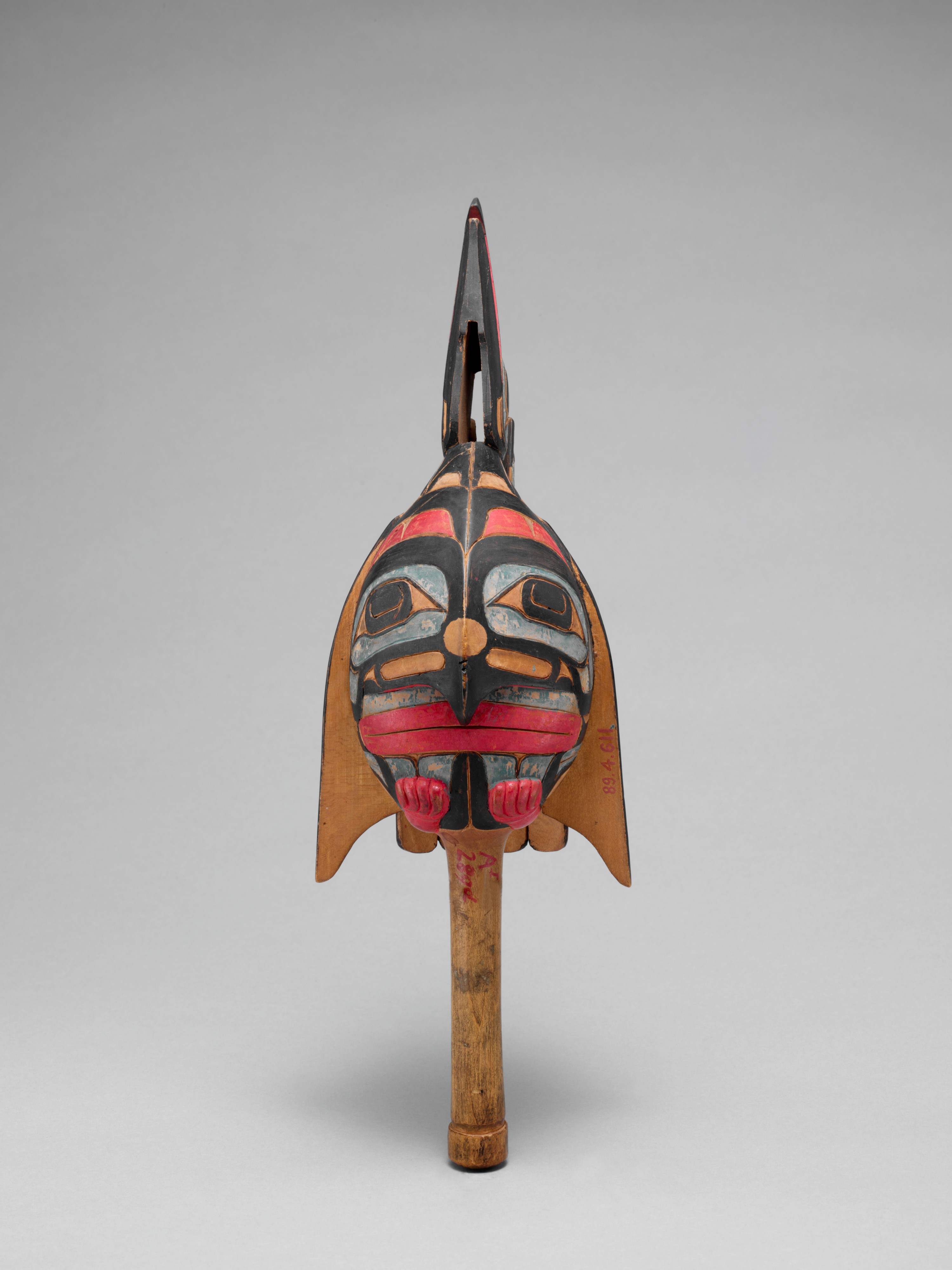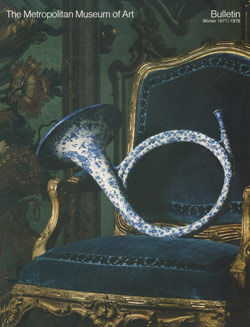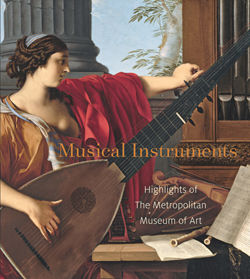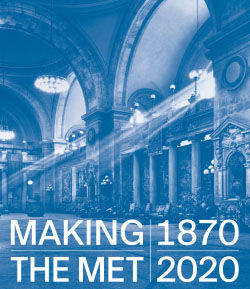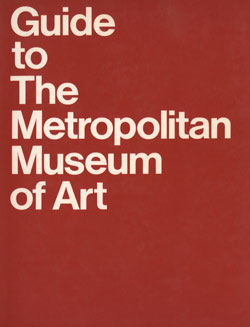Raven rattle
Not on view
Most often associated with shamanic practices on the Northwest Coast, raven rattles are held oriented with the bird's beak pointing down when used in dance. Additionally, rattles like this are used to channel a shaman's spirit guide and can be used in healing ceremonies. Much of the symbolism associated with this rattle comments on the transmission of power from one figure to the next—the raven to humankind in general (as oral tradition states) and the kingfisher to the prone figure on the raven's back. The prone figure is personified with a face of a wolf, perhaps another guide of the owner of this rattle. Rattles are considered extremely personal objects and bear specific symbolism and power known only by those who understand their meaning. As symbols of power, rattles are also kept by clan leaders. Carved in two pieces and assembled using wooden pins to secure the halves, a rattle usually contains small stones or seeds. Polychrome adornment exhibits the pale blue pigmentation common during the late nineteenth century. It is common for raven rattles to be further adorned with feathers, fur, and beads, particularly along the seam of the two halves and at the handle base.
Due to rights restrictions, this image cannot be enlarged, viewed at full screen, or downloaded.
This artwork is meant to be viewed from right to left. Scroll left to view more.




